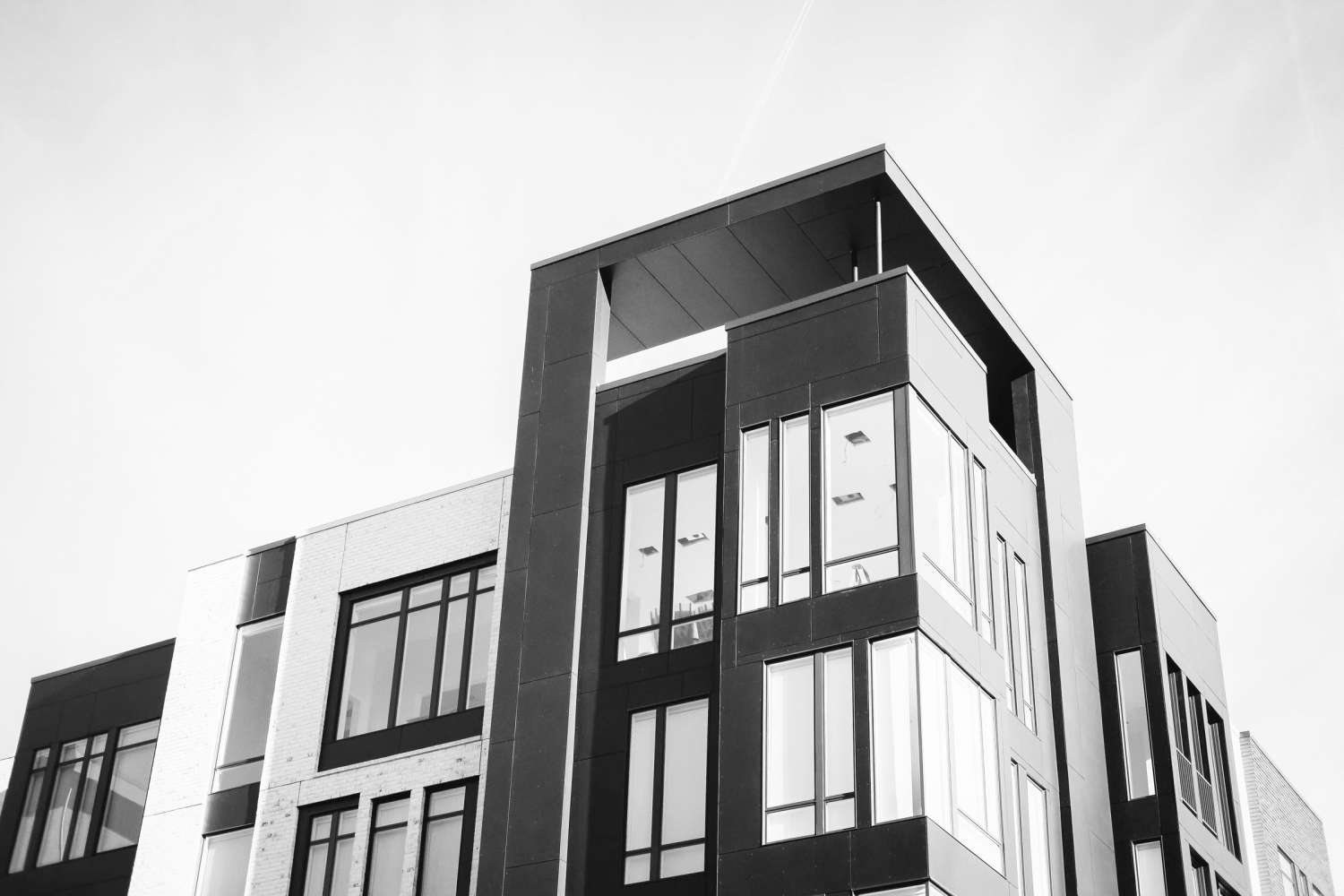Concussion Therapy

It starts with understanding the problem
We understand that the recovery from a concussion is often a long, complicated, and difficult process. It involves the rehabilitation of many different systems in the body.

We understand that the recovery from a concussion is often a long, complicated, and difficult process. It involves the rehabilitation of many different systems in the body.
With state-of-the-art eye-tracking technology, we are able to hone in on the ocular symptoms of concussions and see specifically which eye movements were affected the most.
Many concussion symptoms that patients experience may not appear to be eye-related (ie. over-whelming feeling in busy places), but in actuality they are. We normally use how clearly we see things as a gauge for how well our eyes are functioning. How we see is not something we usually think about, but it is what’s affected the most in concussions. How clearly we see is not usually affected – but how we gather visual information is. Eye movements involved in gathering visual information become inaccurate and unreliable, rendering the information they’re gathering jumbled and confusing to our brains. Difficulty reading, driving/being a passenger in a vehicle, watching action movies, and being in busy places are symptoms associated with eye-movement impairment.
Home-based eye exercises are prescribed for patients based on their individual assessments to aid in the rehabilitation process to bring them back to at least a functioning level (if not better). Glasses are often prescribed for specific tasks and may include a tint to help act as a dimmer switch to make the visual information easier for the brain to interpret. Prisms can also be a helpful tool for rehabilitation. Eye-tracking technology allows us to objectively see how the eyes are functioning and prescribe specific exercises to bring our patients back to their normal.